10 Worst wildfires our world has ever witnessed
The Kincade wildfire which is currently ravaging swathes of rich vegetation and homes in Sonoma County, California has since burned 75,415 acres, forced evacuation of more than 2,00,000 people and structures destroyed were 352, damaged 55 and 1,630 threatened. A cloud of acrid smoke has settled over the Bay Area for a few days now. But the biggest mishap that a wildfire can cause is burning thousands of trees and being a threat to vegetation and wildlife.
In light of the Kincade fires, let’s take a look at the 10 worst wildfires that have scarred Mother Earth.
Amazon Forest Fire (2019)
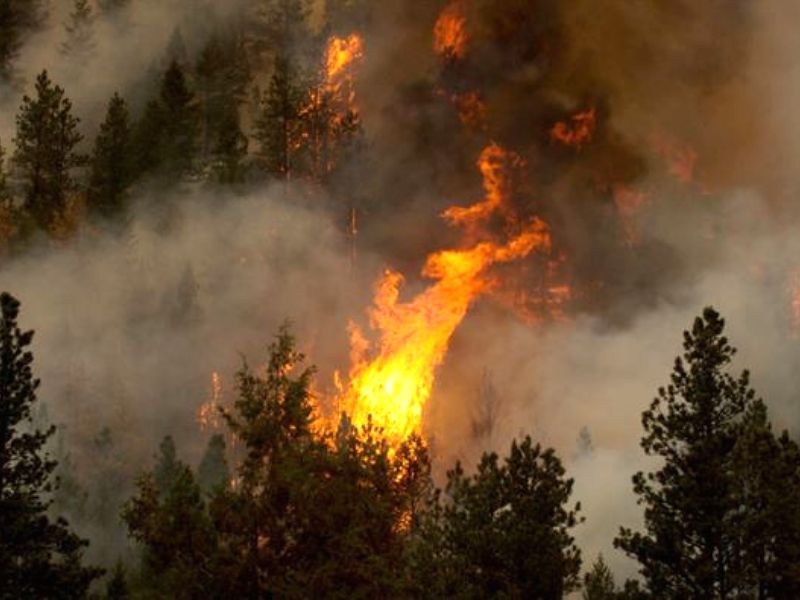
One of the most destructive and recent forest fires, a record rate of 73,000 fires has been detected at the Amazon rainforest this year by Brazil’s space research centre, INPE. The rainforest, which contributes almost 20 percent of the earth’s oxygen, has burned for more than half a month, which created a major loss of biodiversity.
Although forest fires are common in the Amazon during this time of the year due to extremely dry weather, there was an 83 percent rise in the fire compared to the 2018 fire. According to environmentalists, 99 percent of the forest fires have been caused by human actions, either deliberate or accidental. The Brazilian city has plunged into sudden darkness with a dark, smoky haze that has enveloped the city. Even the rain that poured down smelled like smoke.
Bandipur forest fires (2019)
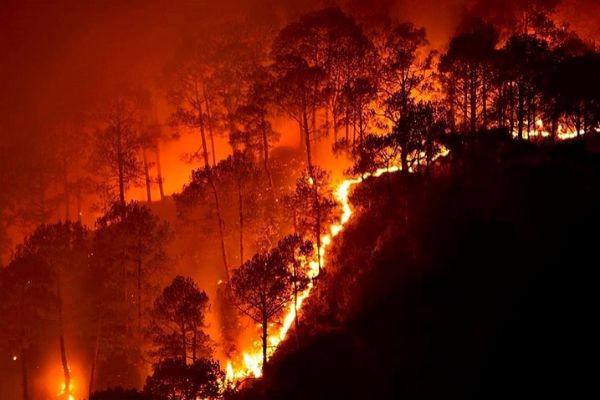
In February 2019, massive forest fires broke out in numerous places across the Bandipur National Park of the Karnataka state in India. An estimated 10,920 acres were burnt in five days. The fire also spread to Mudumalai forest range in Tamil Nadu, causing damage in around 40 acres.
Karnataka’s top forest official confirmed that an “act of sabotage” had caused the blaze. Forest officials arrested two shepherds for allegedly setting fire to the forest, who feared tigers would attack their cattle and thus sparked the fire to chase away a tiger.
Camp Fire (2018)
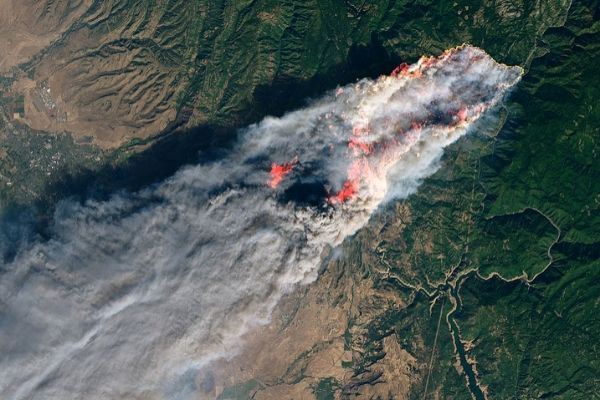
The Camp Fire remains the deadliest and most destructive wildfire in California history. It is the most expensive natural disaster in the world in that year. Named after Camp Creek Road, its place of origin, the fire started on November 8, 2018, in Northern California’s Butte County. The fire was ignited by a faulty electric transmission line and an east wind drove it downhill through developed areas.
With the arrival of the first winter rainstorm of the season, the fire reached 100 percent containment after seventeen days on November 25, 2018. It covered an area of 153,336 acres and destroyed 18,804 structures, with most of the damage occurring within the first four hours. By January 2019, the total damage was estimated at $16.5 billion.
Uttarakhand Forest Fire (2016)
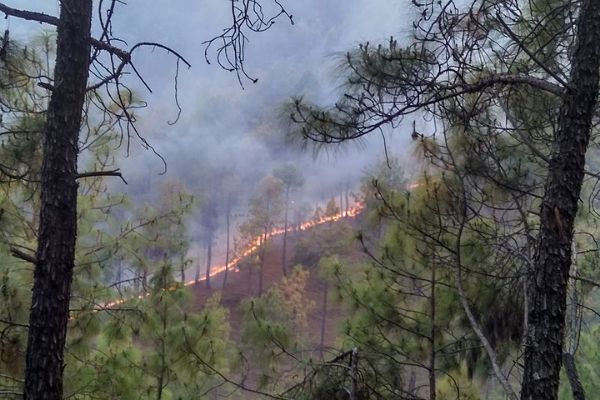
In 2016, India saw one of its worst wildfires – the Uttarakhand forest fires. The fires were set mainly in pine forests in the slopes of the sub-Himalayan region, produced clouds of smoke. The National Disaster Response Force and the Indian Air Force Mi-17 helicopters used “Bambi buckets” to douse the fires with water.
The forest department estimated that 3,500 hectares (8,600 acres) of the forest had been burnt. Nearly 1,600 incidents of fires were detected which were brought under control by 2 May. The rains on 3 May helped to reduce the impact of the fires.
The Black Saturday Bushfires (2009)
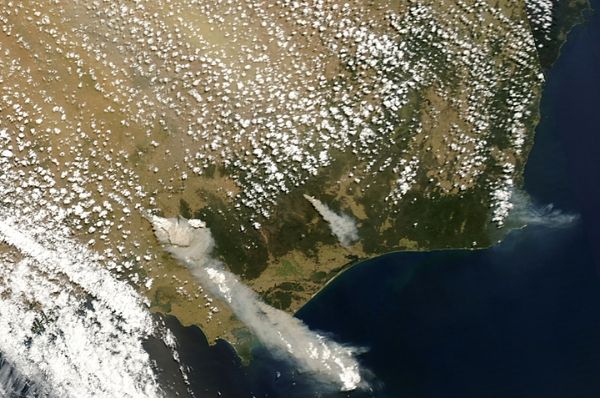
As many as 400 bushes were burned across Victoria, Australia starting from February 7 to March 14, 2009. After the smoke got cleared, around 173 people were dead and 414 injured, along with thousands of wildlife killed. More than 1.1 million acres were charred and 3,500 structures destroyed in dozens of towns. The main reason of the fire was due to fallen power lines and arson.
Greek Forest Fires (2007)
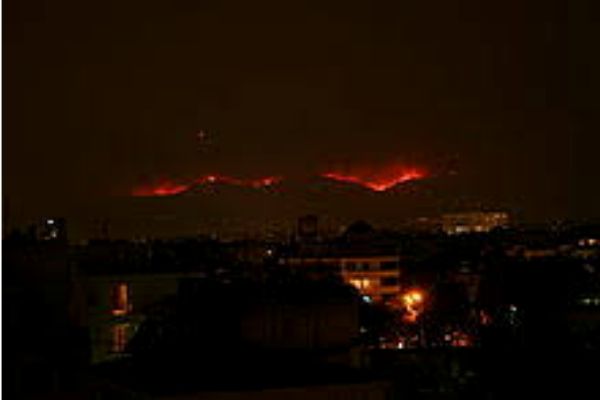
A series of massive forest fires in Greece from June 28 to September 3, 2007, it destroyed about 670,000 acres of land and killed 84 people. More than 3,000 blazes occurred due to arson and human carelessness resulting in a hot, dry, windy condition fueling inferno.
About 2,100 structures, including 1,000 houses and 1,100 other buildings were damaged in the fires and flames burned dangerously close to historical sites such as Olympia and Athens.
Indonesian forest fires (1997)
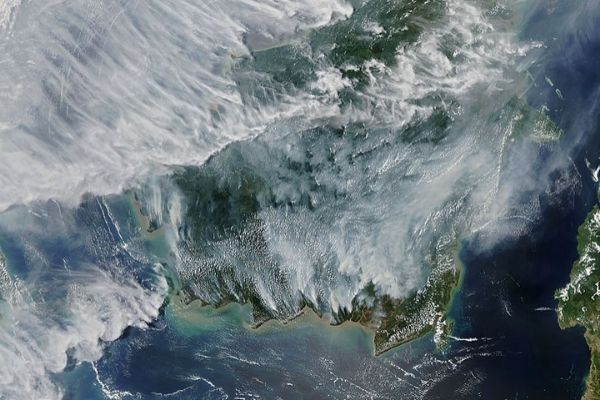
The 1997 group of forest fires in Indonesia spread thick clouds of smoke and haze across the country and its neighbours including Malaysia and Singapore. The Malaysian fire and rescue department sent a team of firefighters across to Indonesia under code name Operation Haze to mitigate the effect of the fires on the Malaysian economy.
Seasonal rains in early December brought a brief respite but soon after the dry conditions and fires returned. Around 8 million hectares of land were burnt and millions of people suffered from air pollution.
The Great Fire of 1910
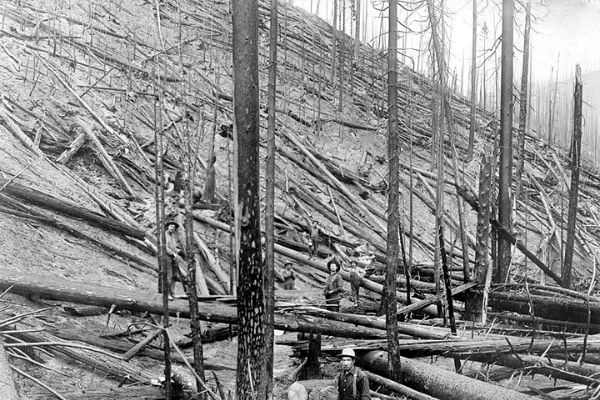
The Great Fire in the summer of 1910 was a wildfire in the western United States that burned three million acres in North Idaho and Western Montana, extensions of Eastern Washington and Southeast British Columbia. The fire that burned over the weekend of August 20–21 caused numerous smaller fires to combine into a firestorm of unprecedented size.
It killed 87 people, mostly firefighters, and destroyed more than three million acres of forest. The fire is often considered a significant impetus in the development of early wildfire prevention and suppression.
Great Chicago Fire (1871)
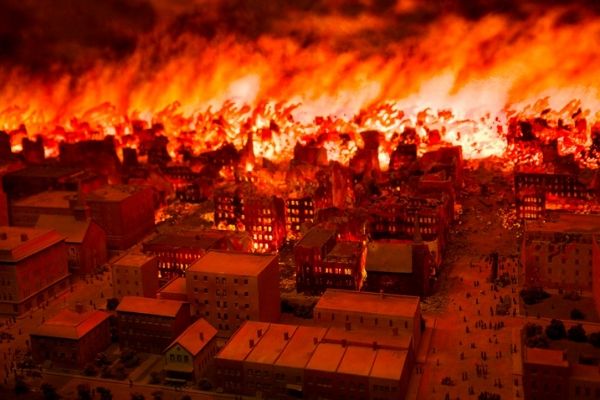
The Great Chicago Fire, which occurred on October 8 to 10, 1871 killed approximately 300 people and destroyed roughly 3.3 square miles of the city, and left around 1 lakh residents homeless. The fire caused due to a long period of hot, dry, windy conditions, and wooden construction in the city.
Following the fires, the city government improved building codes to stop the rapid spread of future fires and re-built higher standards. The United Kingdom made a donation repair the Chicago Public Library.
The Miramichi Fire (1825)
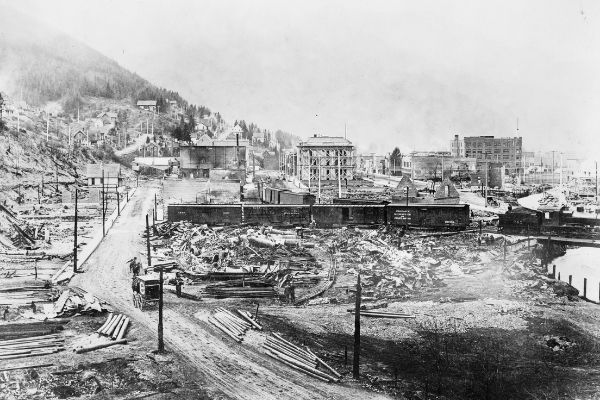
The Miramichi Fires created a firestorm during October 1825 at Maine and the Canadian province of New Brunswick. It destroyed around 3 million acres and killed at least 160 people. Around 15,000 people were left homeless.
The cause of the blaze is unknown, but hot weather combined with fires used by settlers probably contributed to the disaster. The fire is estimated to have burned up about one-fifth of New Brunswick’s forests.
















Add comment